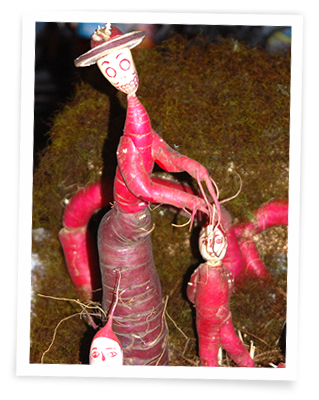We will visit the homes and workshops of the great master artisans to learn about the materials and processes used in creating their works of art. We offer three different trips: Folk Art and Craft traditions of Oaxaca. History and Use of Natural Dyes in The Americas. And The Languague of Maya Textiles.
This trip takes us into the homes and workshops of the Oaxaca masters. We travel to the villages that specialize in the wood carved “alebrijes”, the sleek black pottery, and treadle and backstrap loom weavings, to see how the crafts are made, and for the opportunity to buy directly from the artisans!
Learn about the history of natural dyes in the Americas, namely cochineal. Included is a three day hands-on natural dye workshop, where we will gather the natural materials, prepare dyes and dye wool. We will learn about mordants and additives used to create the hues of the rainbow!
It is said that the vision of weaving designs and technical ability come to the women of Highland Chiapas in dreams. The symbols used in their weavings form a language that expresses the cosmos and each persons place in it. This trip focuses on the textile traditions of Maya Highland villages that surround San Cristobal de las Casas. Leading experts and authors in the field of Maya textile traditions accompany this trip.
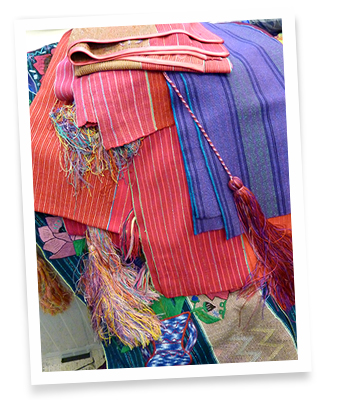
From pre-Hispanic art to cutting edge contemporary art, Mexico’s artistic expressions reflect the tensions and juxtopositions of this country’s complex history and blend of cultures. In the 20th Century, Mexican Muralism, lead by Rivera, Siqueiros and Orozco created public art that reflected Mexico’s post-revolutionary experience and desires.
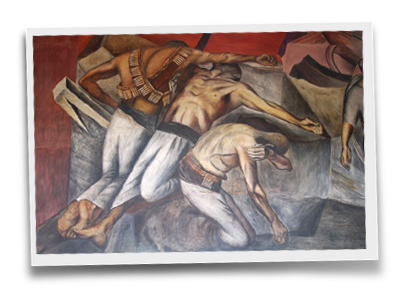
From traditional to contemporary we explore the ancient foods that formed the foundation of Mesoamerica. In Oaxaca we travel to villages to make tamales and tlayudas and we explore the varied world of moles. In Puebla, we learn about another regional sauce called pipian, and in Mexico City we visit extraordinary chefs who show us contemporary expressions of these early foods.
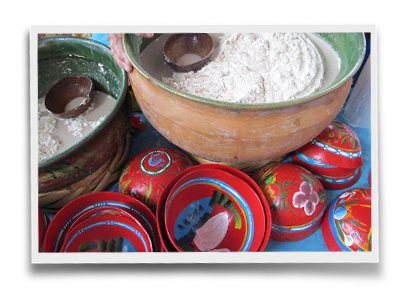
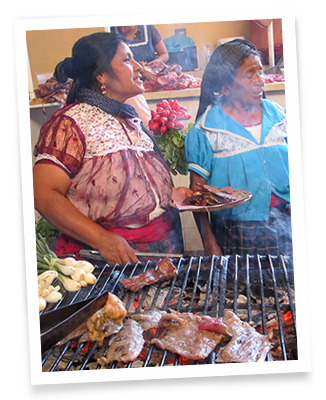
From the Olmecs to the Aztecs, we will visit and study the great centers of early civilization in Mesoamerica. These are on-site study trips, lead by qualified archeologists and anthropologists.
We will study the early transition from village settlement at San Jose Mogote to the great urban center of Monte Alban. This unique study tour will focus on modern day Zapotec communities and people to explore the links between past, present and future cultural identity and continuity.
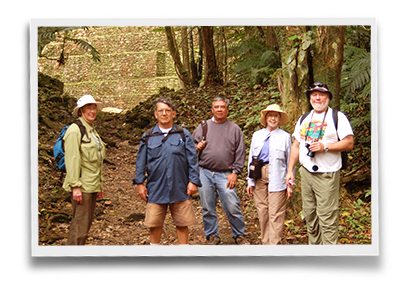
This study tour will take us to the early Maya empires of Palenque and Bonampak. We will travel on dugout boats to get to the impressive sprawling site of Yaxchilan.
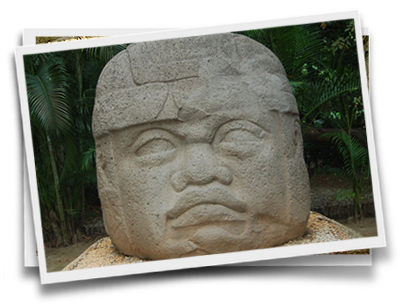
The Great Maya Civilizations of Yucatan, Uxmal, Chichen-Itza and Ek-Balam will be studied. From the ball courts to the Temples and Observatories, we will learn how their society was organized and functioned.
On many of our trips, we dedicate time to bird watching, as we are in regions where great species can be found. From the quetzal in the jungles of Chiapas, to the Great Flamingo in Yucatan, we will look for our feathered friends. If you are interested in a Special Interest Trip dedicated to bird watching, please let us know!
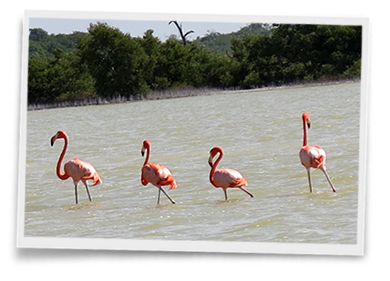
Indigenous communities throughout Mexico, particularly in the Southeast, have traditionally used plants for medicinal purposes. Today, this is still the case, but unless people record, identify and pass on this knowledge, it will get lost. On many of our trips, we will be lead by local naturalists to learn more about the historic and present day use of medicinal plants.


Considered a not to be missed annual Oaxaca event, the Guelaguetza is a celebration of Oaxaca’s regional costume and dance in honor of the pre-Hispanic goddess of corn, Centeotl. Villagers in full regalia arrive from their respective villages to put on a spectacle of dance and music. Dances include, the Pineapple Flower Dance from the Papaloapan region; the Turtle of the Sand danced by the famous beauties of the Isthmus of Tehuantepec and the Dance of the Feather, representing the Zapotec/Mixtec rebellion against the Spaniards. Join us in the small villages to celebrate this most colorful and memorable spectacle of dance and music!
Day of the Dead is one of Mexico’s most revered and unique holidays, that combines pre-Hispanic rituals with Catholic traditions. During this time, families gather to remember their departed loved ones. It is believed that through this reflection and memory, they are kept alive! Altars are prepared and gravesites are decorated with candles, flowers, and the food/drink that the departed enjoyed during their lifetimes. Likely, this includes mole, tamales and mezcal. Join us on this unique exploration of the cycle of life and death in Mexico.
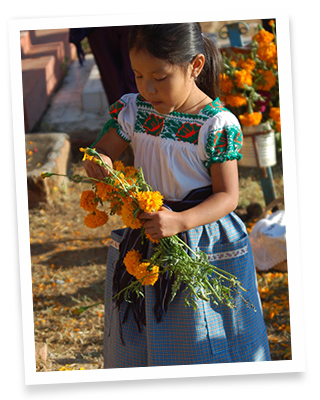
The Isthmus of Tehuantepec is unlike any other region in Mexico. Tehuantepec and Juchitan are located in Mexico’s most narrow point between the Gulf of Mexico and the Pacific, and from the moment you arrive, your senses tell you that this place is different.
The climate is hot and tropical, the landscape is rich and lush, the famous “traje” worn by women is vibrant and dramatic, the women call the shots, and the festivals known as “velas” are parties held in honor of local patron saints. The expression, “work to live” fits well here, as the reason to work is to save enough money for the next vela! So, who needs Studio 54 or any other swanky disco, when we can dance and party into the night at a Vela in the Isthmus of Tehuantepec.
Frida was born on July 6, 1907. Yet, at Casa Azul where Frida grew up, painted on the wall it reads, “Here Frida Kahlo was born on July 7, 1910”, the year of the outbreak of Mexico’s Revolution. Which is correct? In a way, both are. They reflect the duality of Frida’s inner and outer life; her physical world and the mythical world she created by her sheer willpower and imagination. Join us on this Special Event Journey to see special exhibits of Frida’s artwork and collection of indigenous clothing.

You likely have heard of ice carving contests, or chocolate carving contests, but radishes? On December 23, Oaxaca holds the largest (only)radish carving contest in the world. The contest is large, and the radishes are too, weighing up to seven pounds! Primarily Nativity Scenes, the carvers now use their imagination and carve everything from famous Mexican revolutionaries, like Pancho Villa, to Guelaguetza dancers. It is believed that this tradition is derived from the Christmas Eve market vendors, who used carved radish sculptures to attract customers to their stalls. This early form of advertising is now an art form and a serious contest that has been in existence since 1897. In addition to the Night of the Radishes, we will enjoy the Pageants, Posadas, Big Head parade and other colorful and exciting traditions that take place during the holidays.
